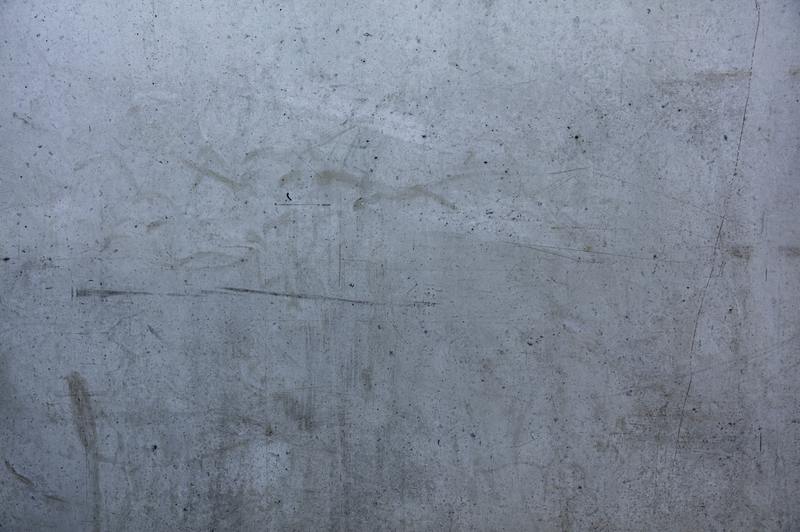You may think that repair is not an option once the cement is damaged; well, you’re mistaken. Here’s how to repair water damaged cement wall in 14 simple steps!
Concrete is known as a durable material used to build homes and other infrastructures. However, it can also be damaged by water, especially during the occurrence of floods. The good news is, it can stand water and can easily be repaired when you know exactly how to do it.

Repairing Water Damaged Cement Wall
The process of repairing is not that short, but it is definitely worth it. Follow the preceding steps properly and fix the water damaged wall in your home. You could also check out our article on repairing water damaged concrete slabs for more details.
Step #1. Conduct a damage assessment
Before proceeding to any repair, it is essential to assess the extent of the damage first. You have to look for water stains caused by the flood or any stagnant water as they are signs of water damage.
Step #2. Measure the area of damage
Once the extent of the damage is identified, measure the area that requires repair. Get the width, length, and depth of the area and mark. The measurements taken will determine the method of restoration that you have to use.
Step #3. Clean the surface
For mild cases, a simple soap and water will be enough to clean the area. However, you might need to use concrete cleansers specially formulated to remove water stains in severe cases. Once cleaned, let the cement wall dry before proceeding with the next step.
Step #4. Determine parts that require resurfacing
When the concrete has stood in water for a while, scaling may occur. Water can also cause other damage such as buckling and surface and deep cracks. In these cases, you will have to resurface the area.
Step #5. Decide on the products you would use
Aside from the proper execution of methods, choosing the right products and tools is just as important. The things you will use might affect the effectiveness of the repair, so make sure to purchase everything completely and appropriately.
Step #6. Get rid of debris and any growing material from the area of repair
Mold and mildew might grow in the concrete due to water damage, so you have to remove them. Make sure to clear everything, including the dirt and debris.
Step #7. Remove old concrete that interrupts the repair
If there is any old cement that gets in the way of the repair, chisel it out. This step must be done before you move on to the next step. For more details about this process, you may check out our article on how to replace section of water damaged wall.
Step #8. Resurface the concrete
On the parts where there is minor damage, apply a thin coat of cement over the surface. Carefully follow the instructions on the product to avoid mistakes and further problems.
Step #9. Fix small holes and cracks
Small holes and cracks on concrete have the tendency to grow large or buckle the cement, so you have to fix them immediately. Using a concrete patching material, patch up the holes and cracks, carefully following the instructions indicated on the product.
Step #10. If necessary, install metal reinforcements
When dealing with large areas of damage, this step is required. With a drill, bore holes to insert metal strips.
Use the suitable adhesive when securing the bars in place. Let them dry thoroughly before you proceed with applying the concrete.
Step #11. Use concrete adhesive
Before applying a new layer of cement, apply concrete adhesive along with the old coating. This will help the new concrete to stick better when it is used.
Step #12. Pour the cement
Mix water and cement while following the product instructions to achieve the right consistency. Pour the mixture generously into the area of repair.
Step #13. Place support forms on the area
After applying cement, you can place support around the area to hold the concrete in place. You can remove the forms later when the cement is already dry.
Step #14. Use concrete sealer
This step is optional. After all the previous steps, you can spread a concrete sealer if you want. Just make sure to carefully follow the instructions indicated on the product you will use.
Preventing water damage on concrete
Although durable, concrete is not that strong when it comes to water damage, so as much as possible, you must prevent it. An excess amount of water may mess up the water-cement ratio and may weaken the surface.
To protect your cement walls from water damage, make sure to keep the water sources away. You can also use cement sealers and paint the wall for more protection.
Conclusion
With the busy lives we are living, most of us make repairs as an inconvenience. A lot of people are not willing to lend time to check and maintain parts of their homes.
Learning how to repair water damaged cement wall is simple and very handy, so why not take time to do it? DIY projects always come in handy and will also make your time productive and your budget intact.
